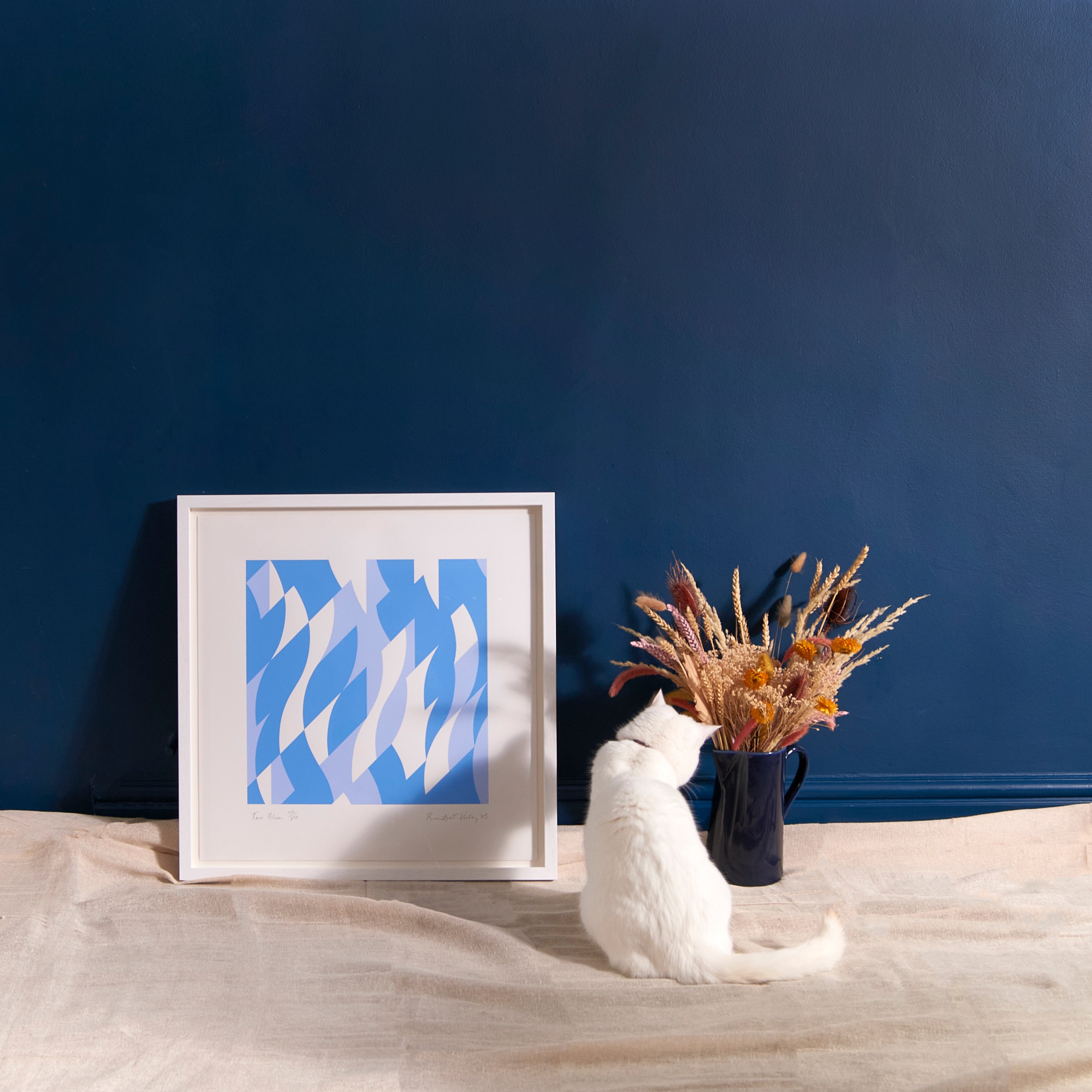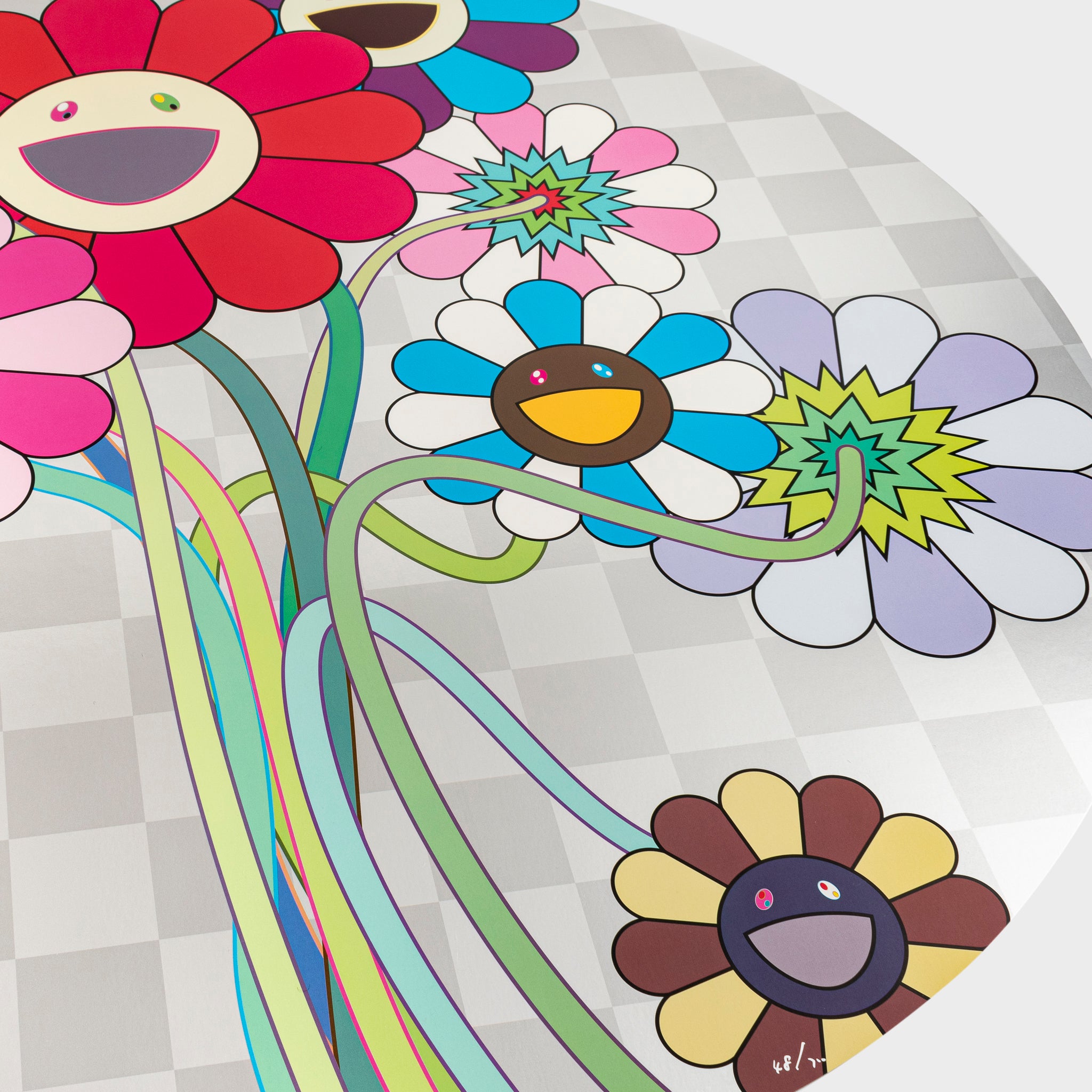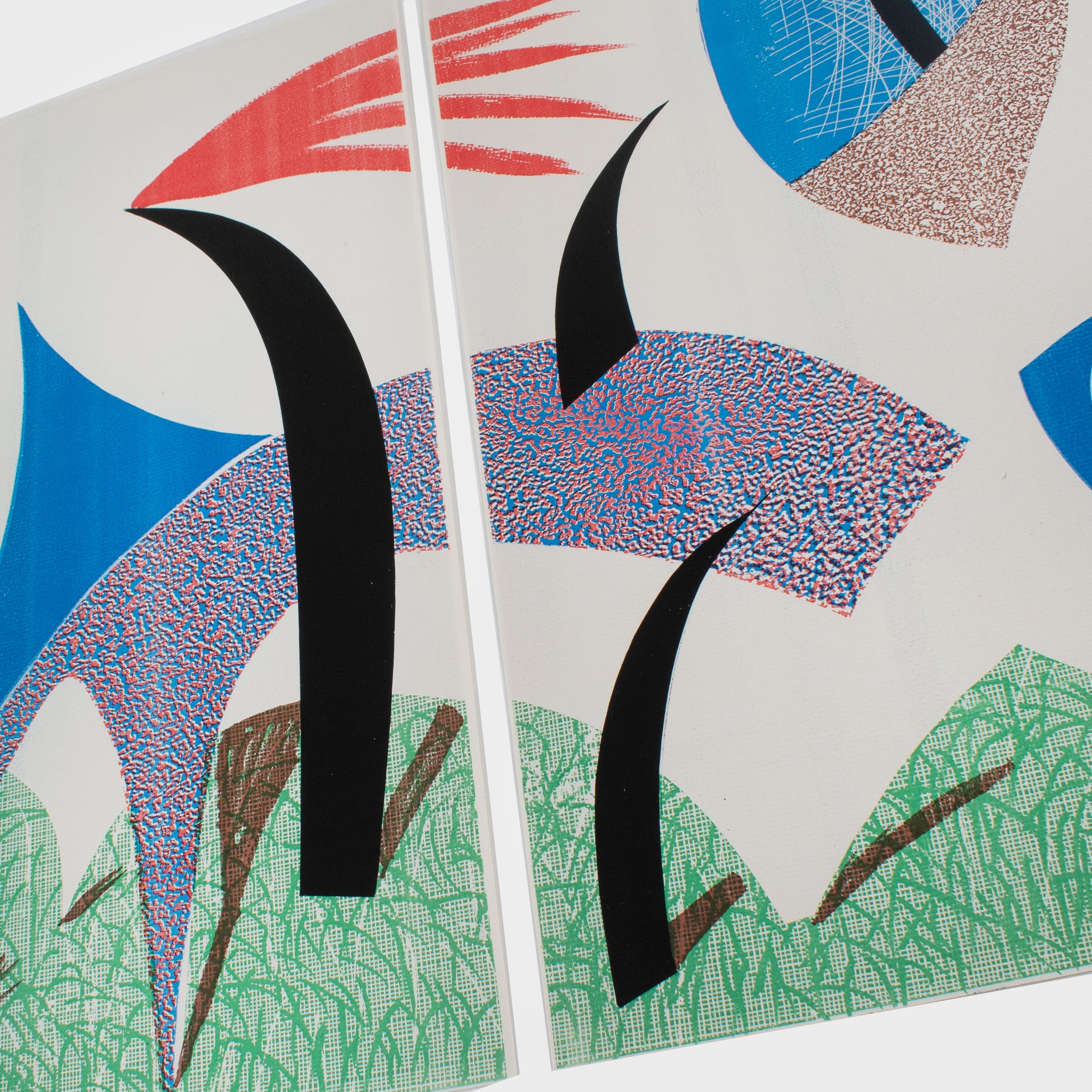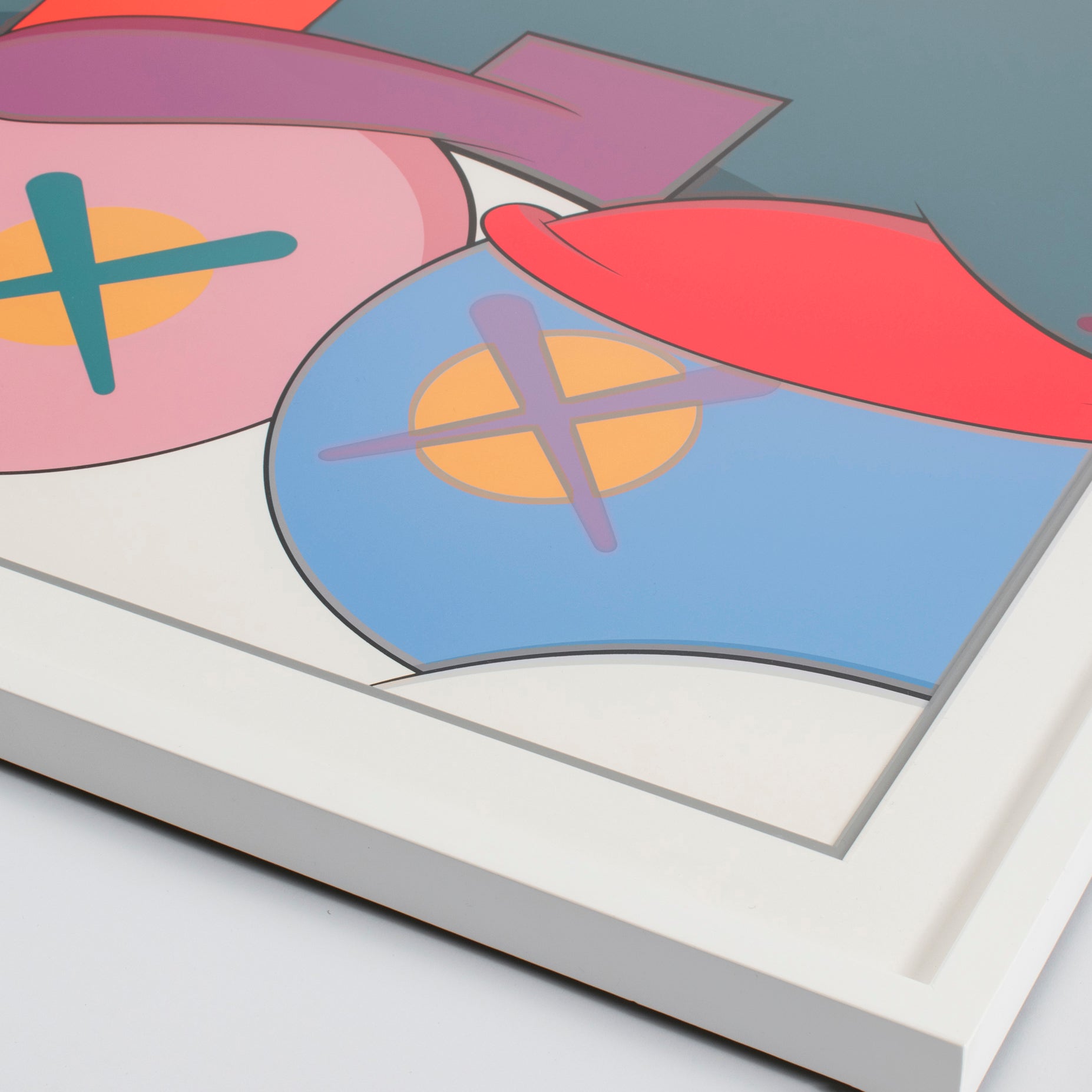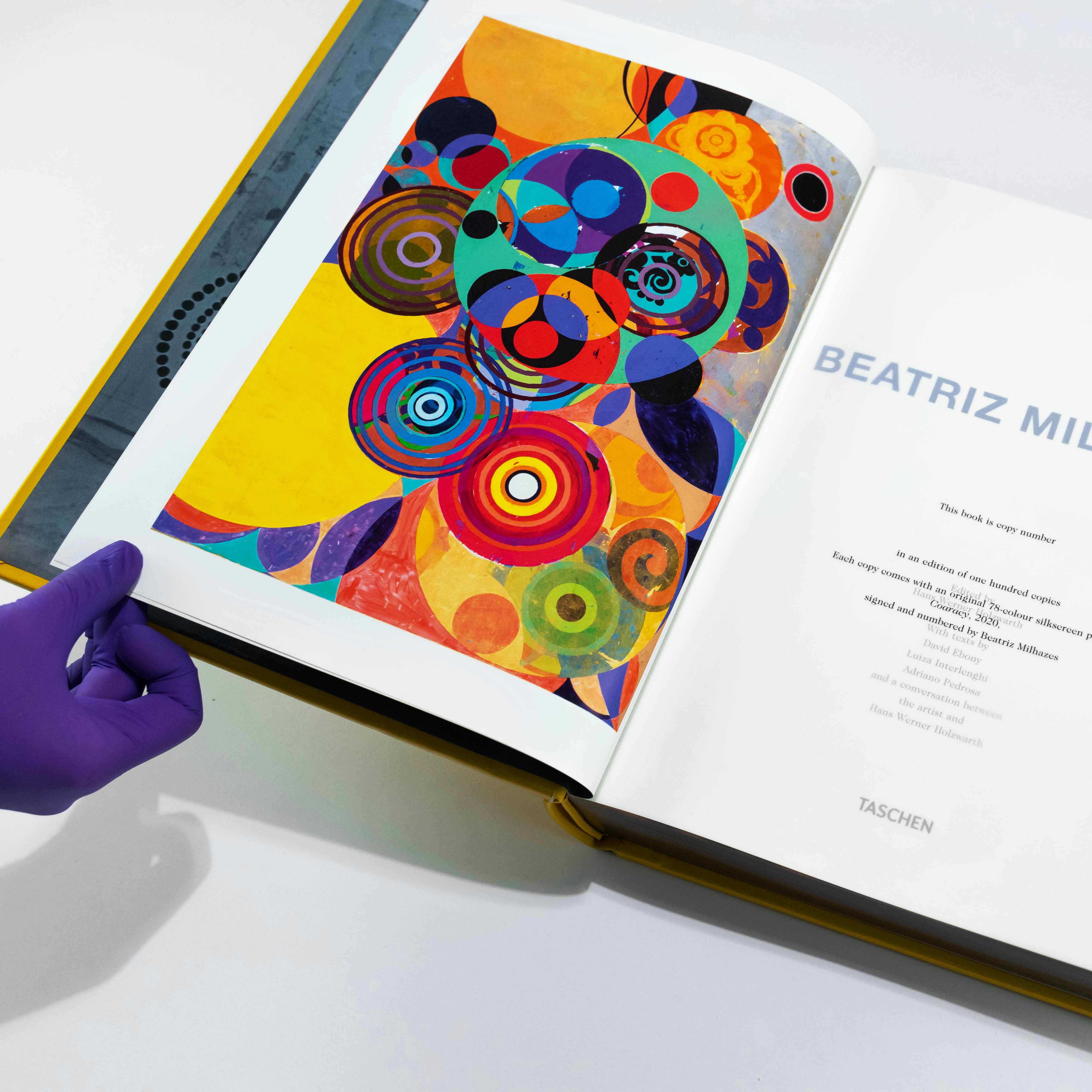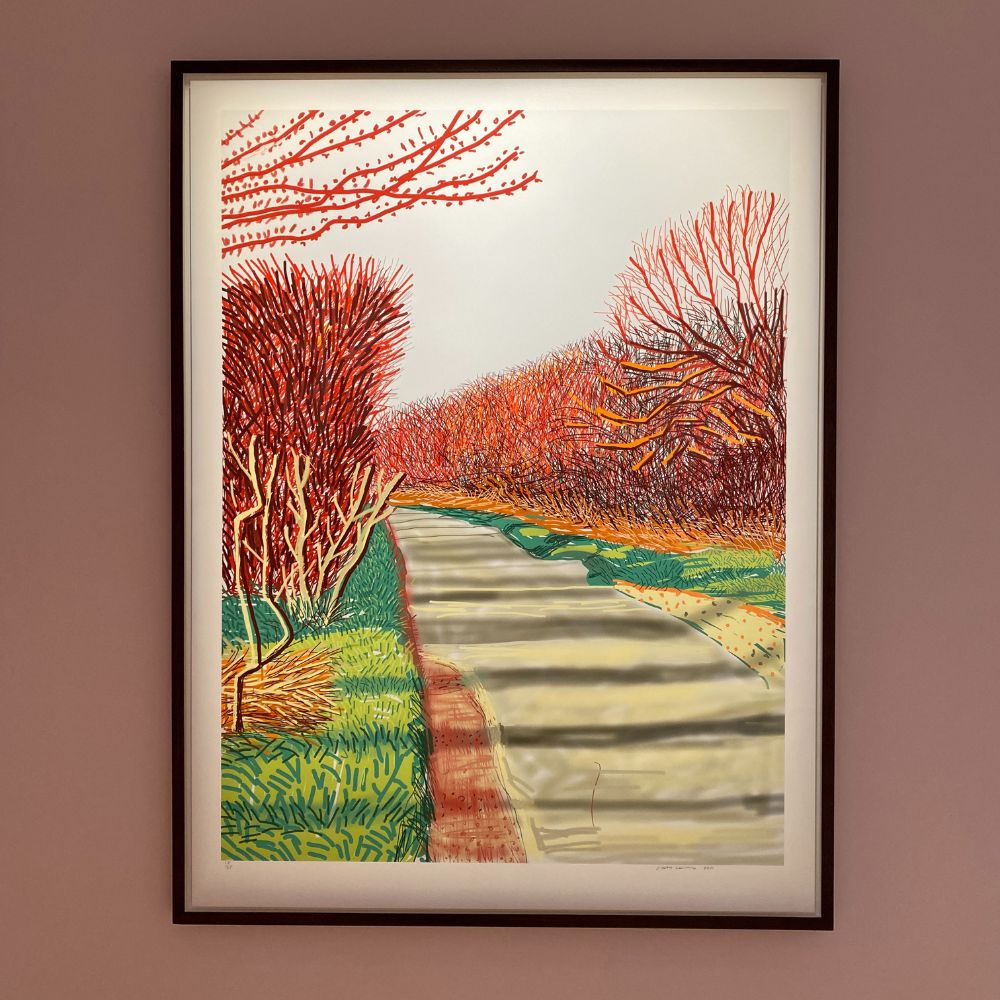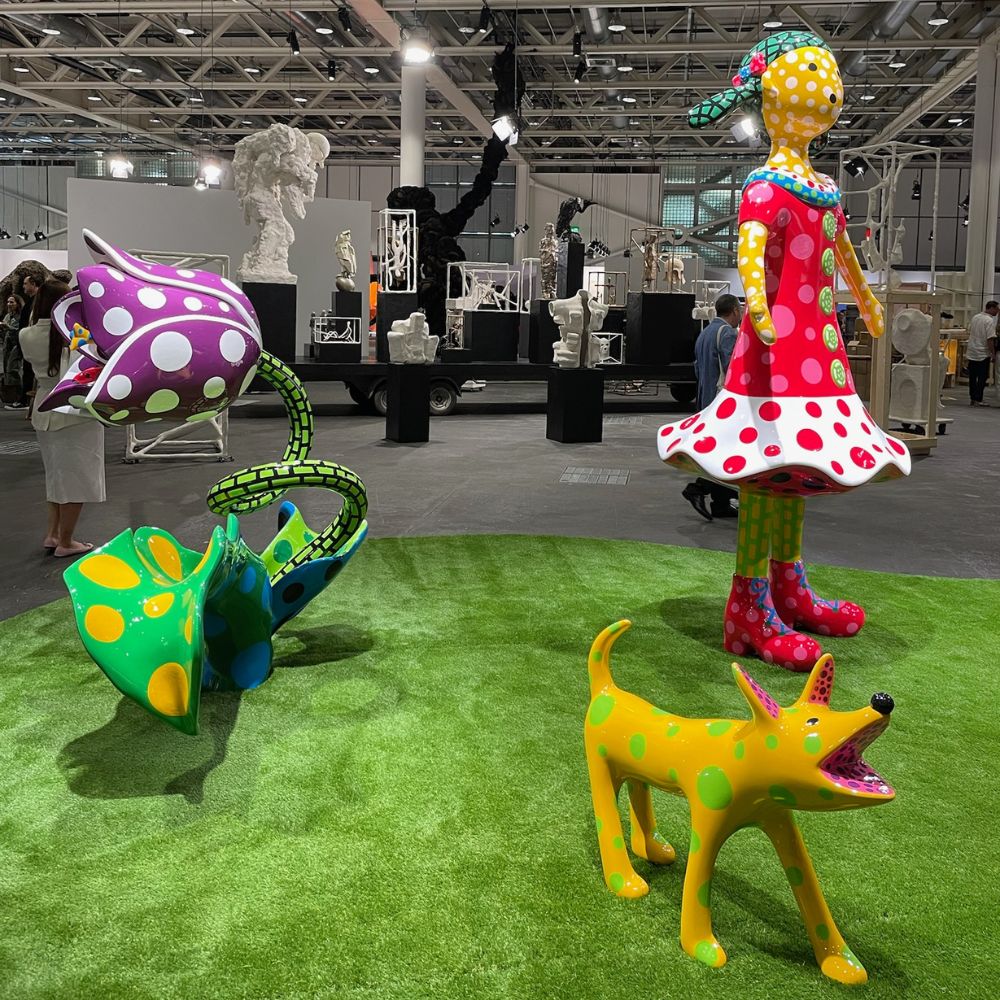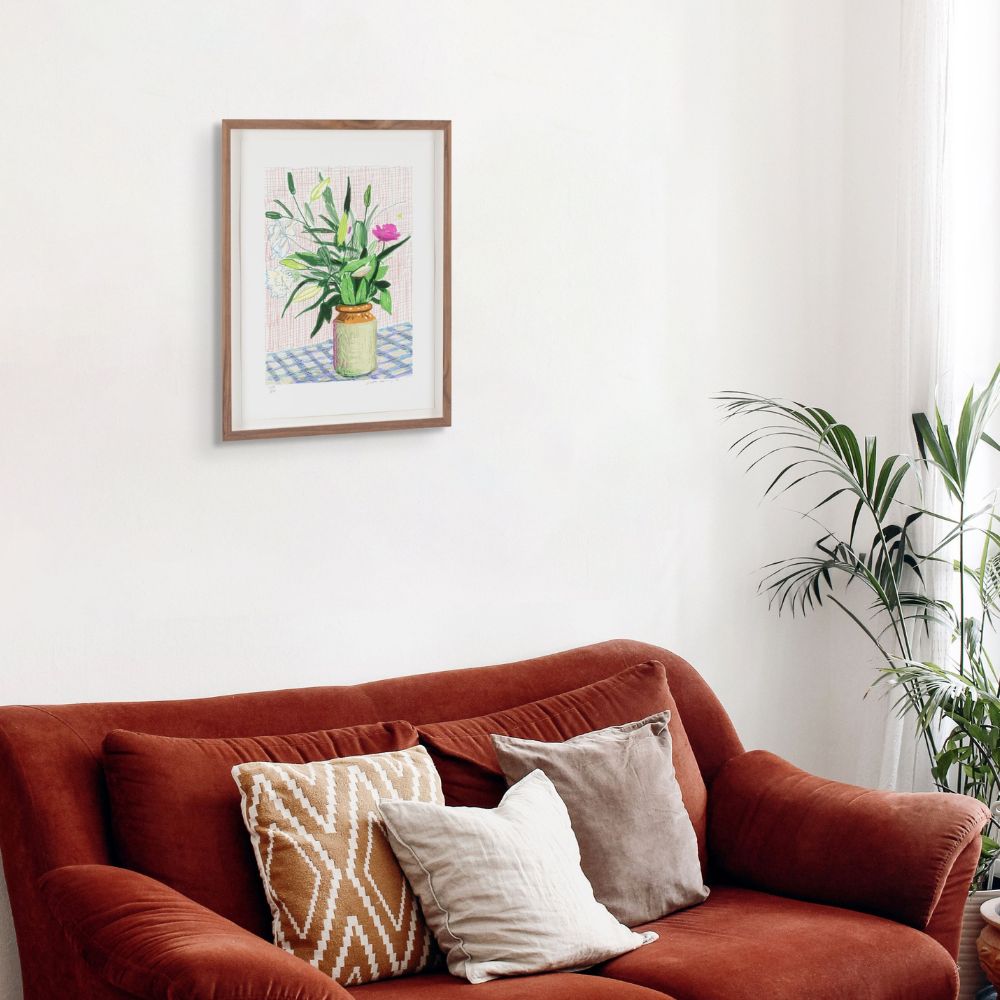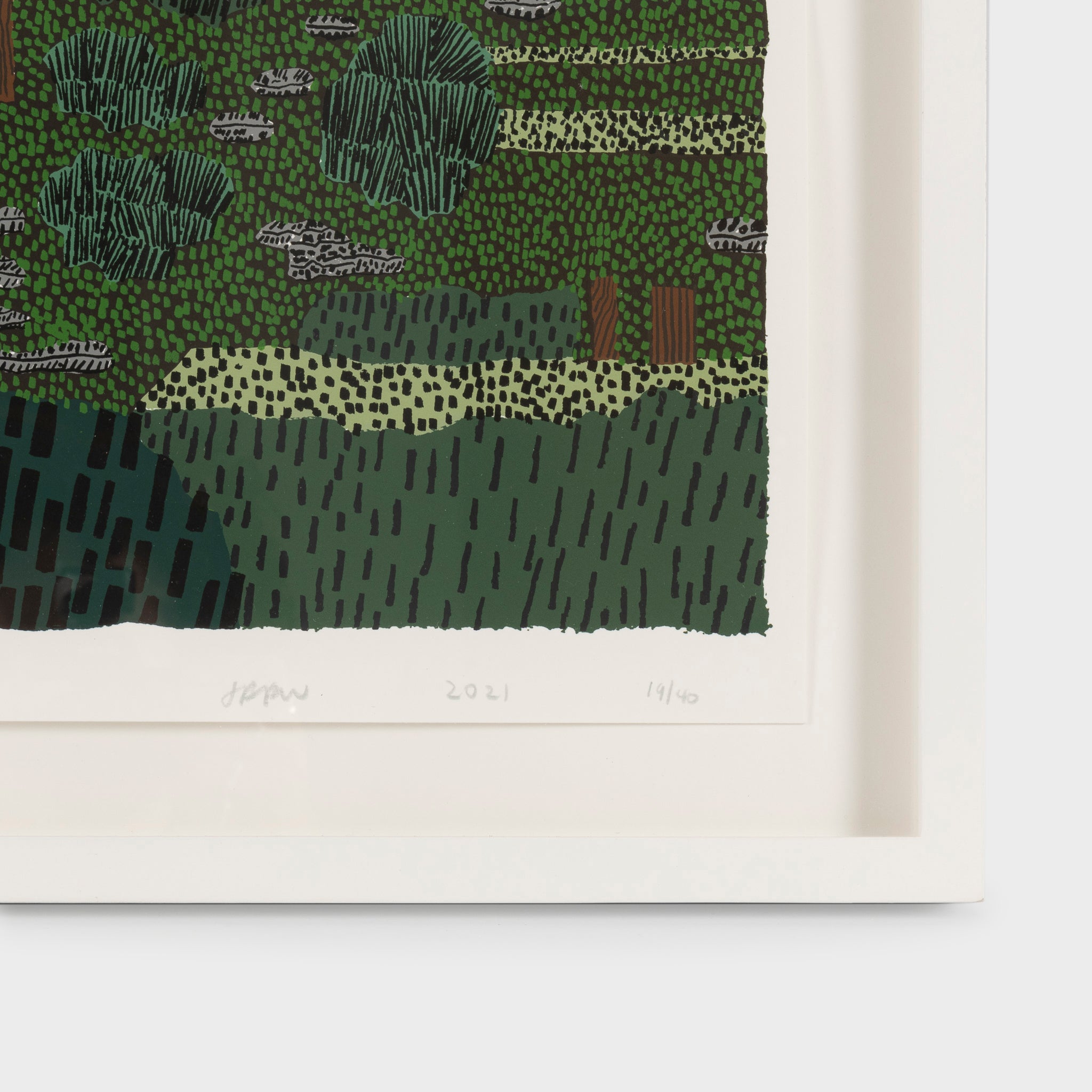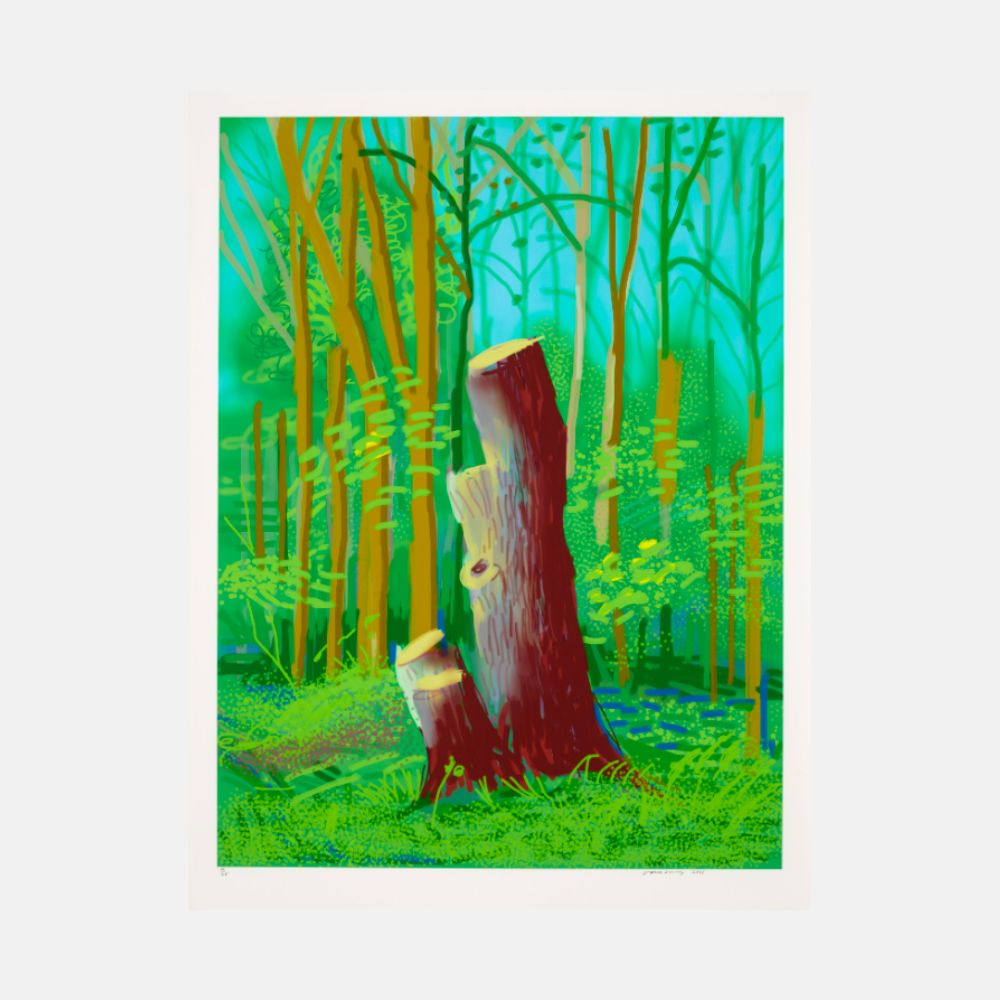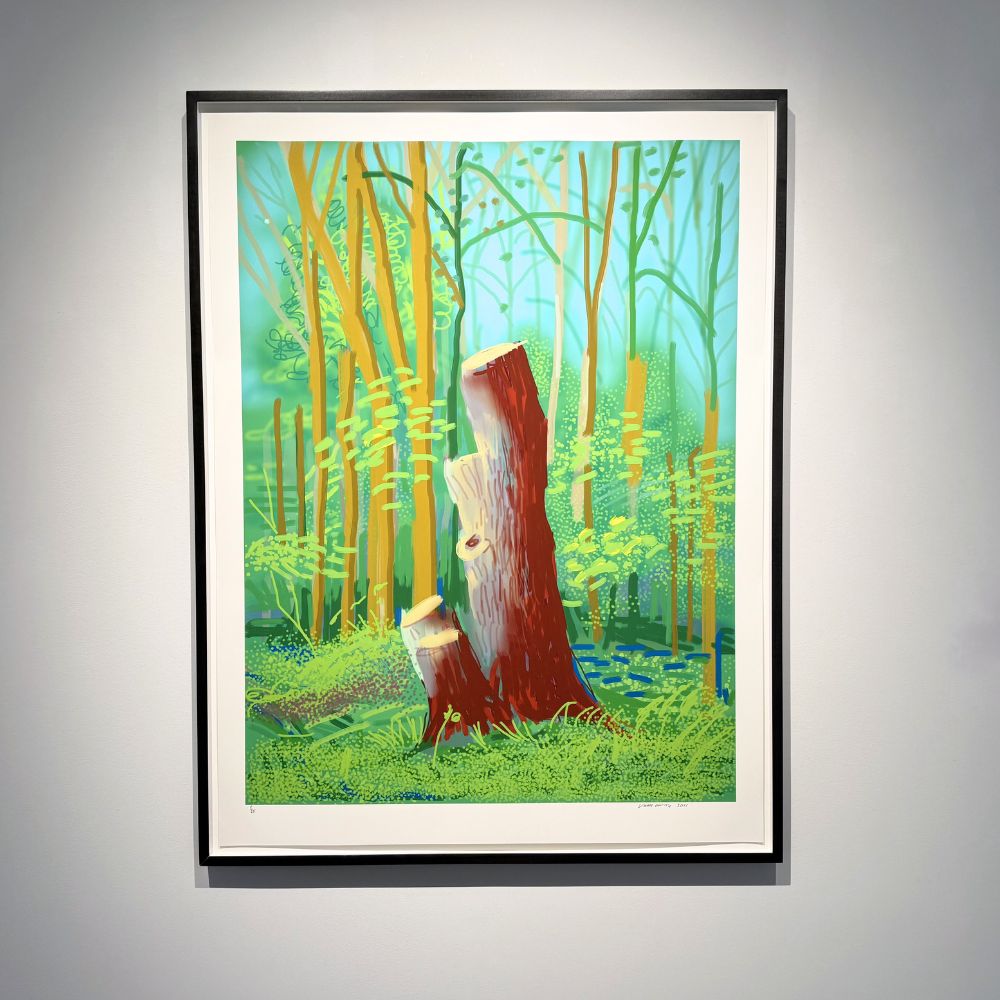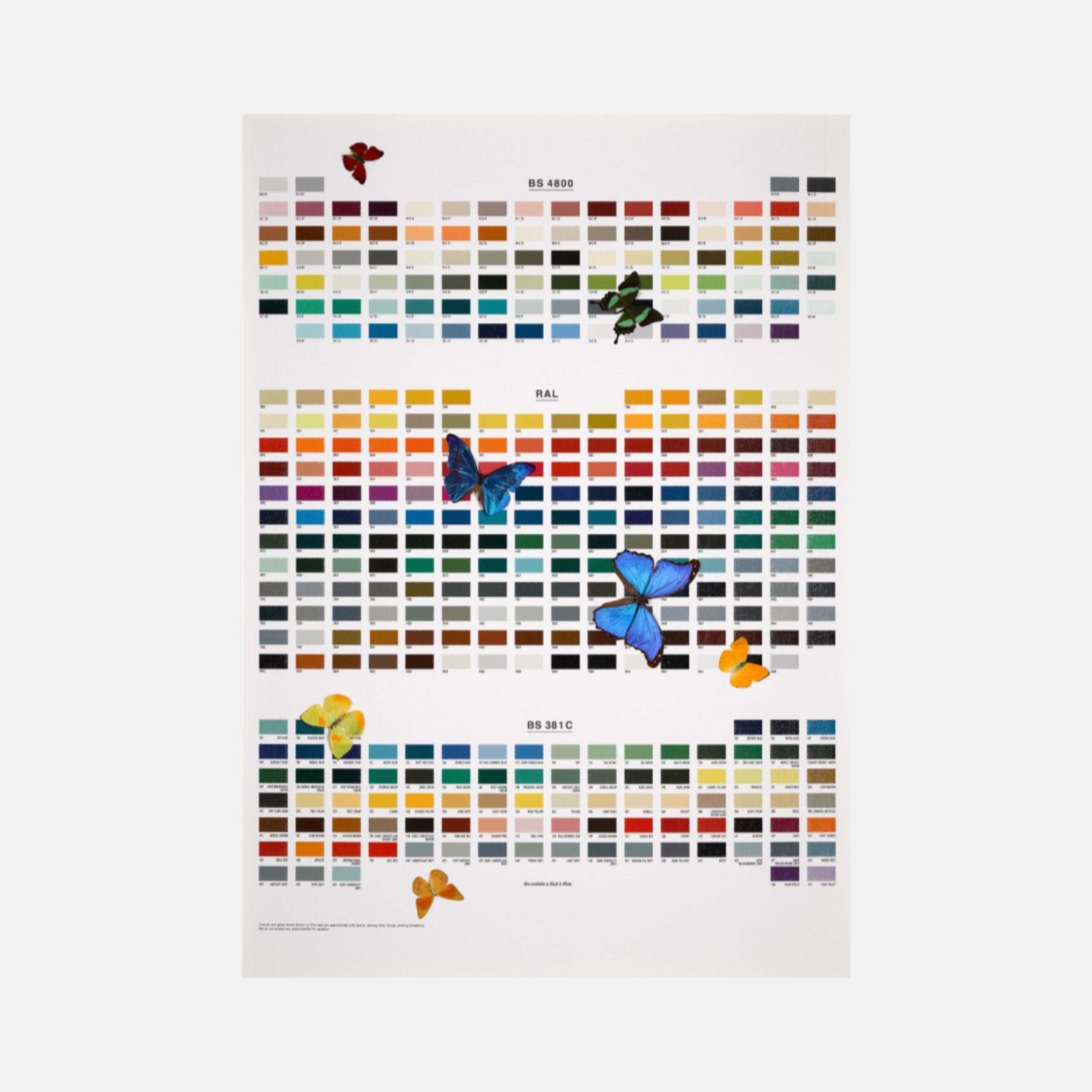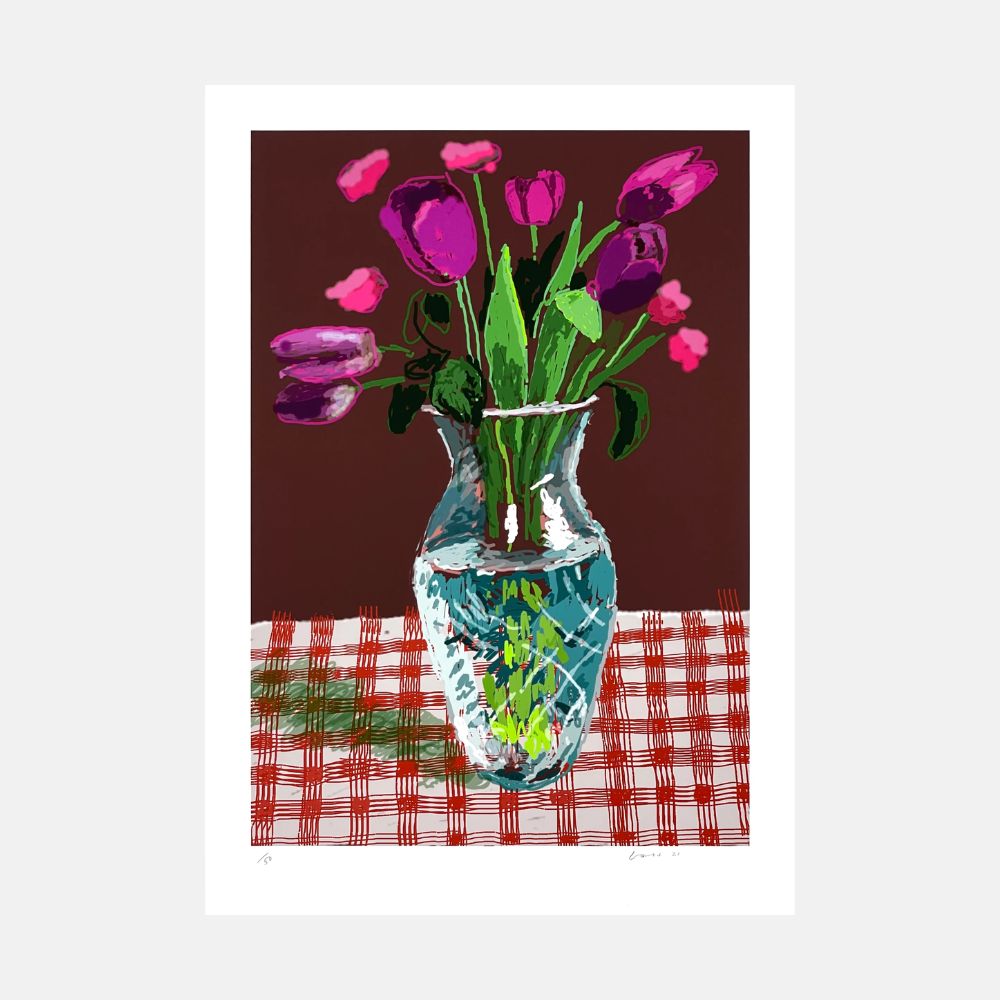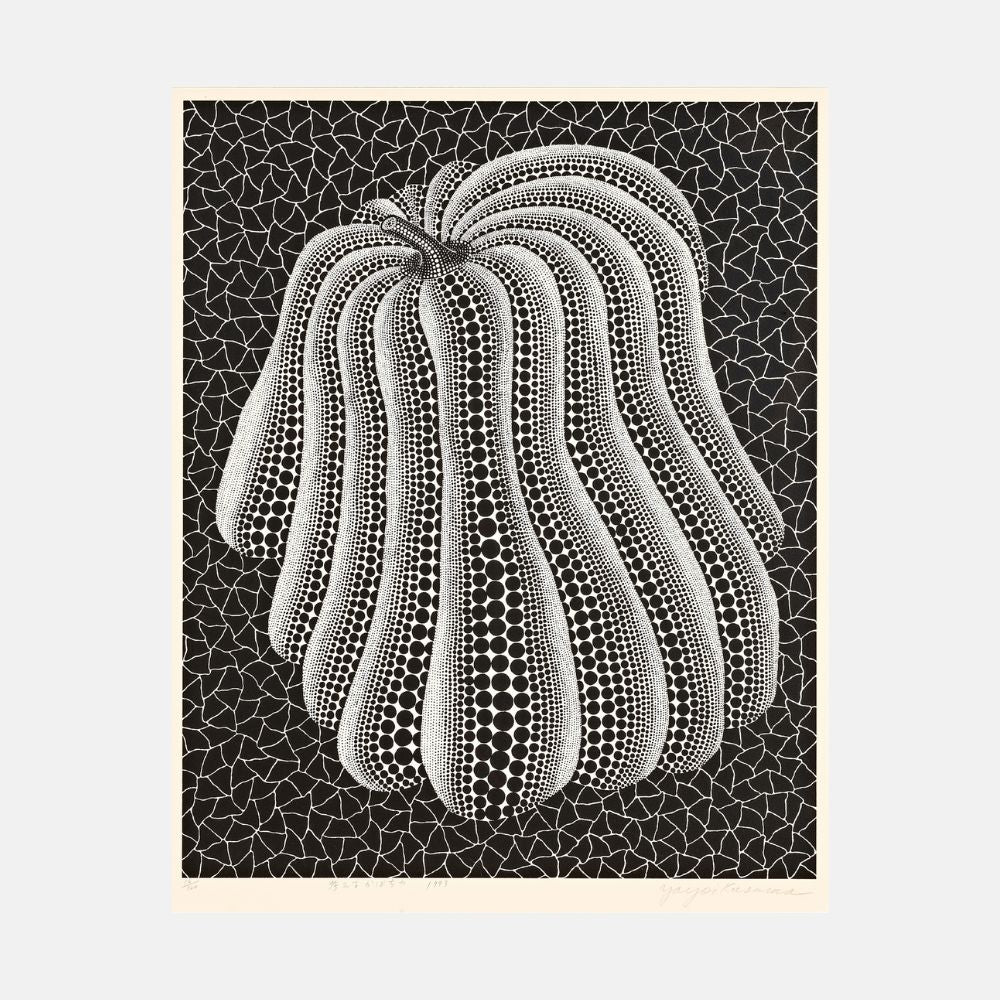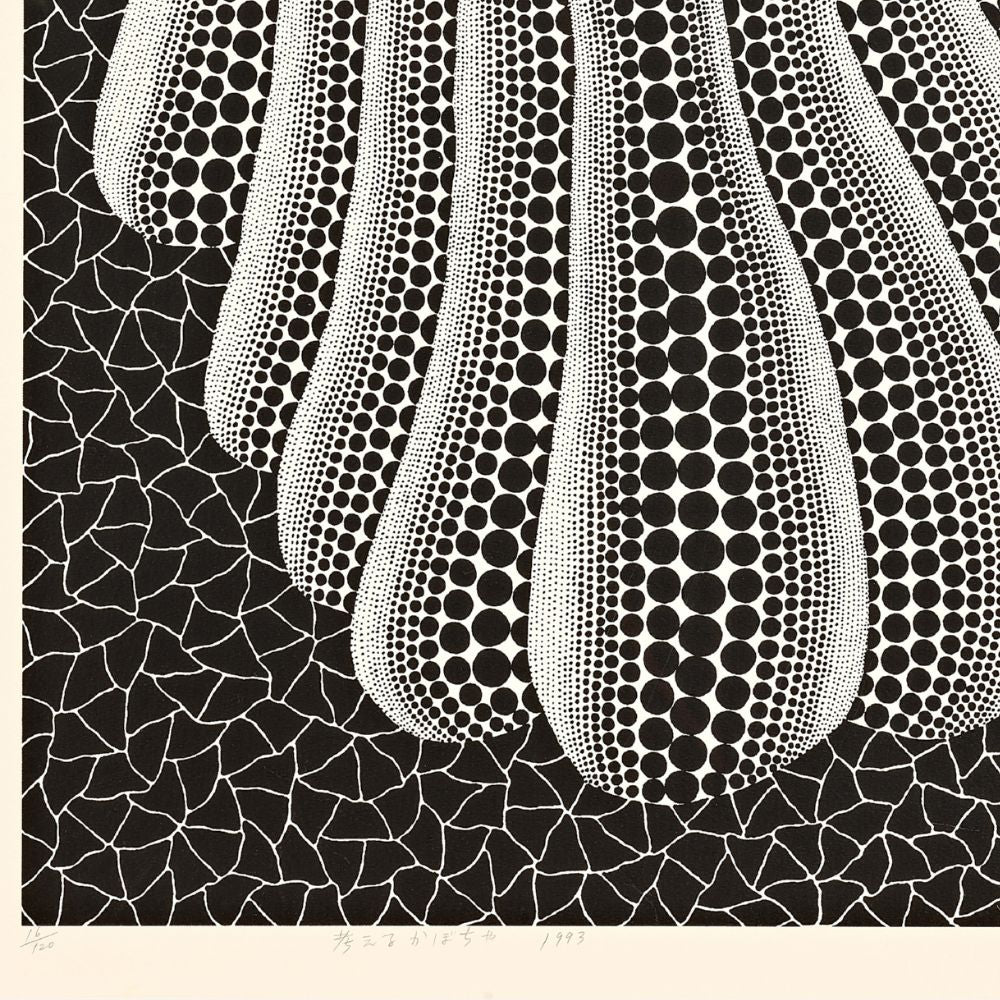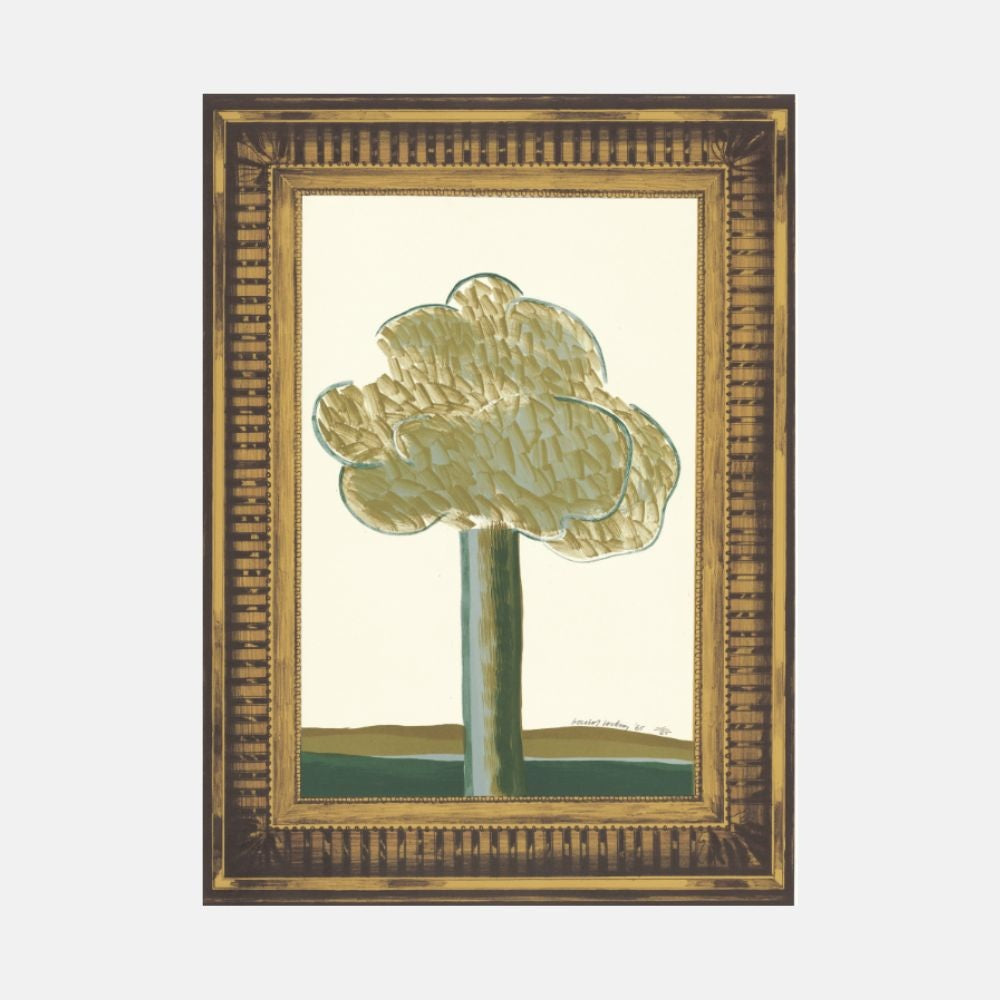Potential Colour at Galerie Max Hetzler, London: A Meditation on Grey and the Spectrum Within

In the heart of Mayfair, Galerie Max Hetzler brought together a dynamic selection of contemporary artists for Potential Colour, an exhibition that has now closed at Gagosian, Davies Street, London. United by the conceptual and formal resonance of the colour grey, the show explored the tonal subtleties of monochrome as both absence and potential — a space where all colours, all meaning, all interpretation, may lie dormant, waiting to emerge.
Grey, in this context, was not neutral. It was charged — with ambiguity, memory, and latent vibrancy. The exhibition featured works by Glenn Brown, André Butzer, KAWS, Albert Oehlen, and others including Günther Förg, Edmund de Waal, and Rebecca Warren, each artist responding to the theme through their own language of mark-making, material and visual history.
‘Grey is nothing, not white, not black. Something inbetween. [...] Something free.’
Notable Artists in the Exhibition
Glenn Brown: Grisaille as Invocation
One of the exhibition’s most arresting works was The Untitled (2024) by Glenn Brown, a meditation on absence rendered entirely in grisaille. A delicately painted, androgynous figure reminiscent of classical portraiture floats above a stark grey rectangle — an empty space suggestive of a tombstone, an erased canvas, or a site of judgment. Known for his opulent colour palettes and baroque references, Brown’s turn to grey is both restrained and radical, foregrounding the exquisite linework and haunting stillness that lie beneath the surface of his usual visual density.

KAWS: Cartoon Iconography in Monochrome
A different kind of translation occurs in the work of KAWS, whose Untitled (2015) reimagines the familiar character of Snoopy in grey acrylic on white paper. The work enlarges and abstracts the linework of the original cartoon, replacing the eyes with KAWS’ signature “X” motif. In doing so, the artist strips the image of narrative context while maintaining its cultural recognisability. The greyscale format amplifies the starkness and clarity of the line, allowing the viewer to confront the structure of an image now universally embedded in visual memory.

Albert Oehlen: Grey as Subversion
In Albert Oehlen’s Student II (1997), grey becomes a tool for disorientation. The painting hovers between abstraction and figuration, with the vague form of a woman’s head materialising from layers of muddy paint. Oehlen uses grey to push the limits of perception — not to erase, but to suggest. The viewer is left to piece together a fleeting identity from an almost monochrome fog. Here, grey performs as both concealment and provocation, reflecting the artist’s longstanding interest in disrupting traditional painterly conventions.

André Butzer: The Destination of Colour
The tension between chromatic intensity and chromatic void was brought to life in La Chasse (Mis en Bouteille au Château) (2011) by André Butzer. The German artist has long explored grey as a conceptual site — what he once described as “the great potency of all colours”. Butzer’s thick, expressive brushstrokes appear to hold colour in suspension, emerging and receding within a grey field that vibrates with stored energy. His work speaks to grey not as absence, but as a gathering force, where colour is present in its most distilled and philosophical form.


